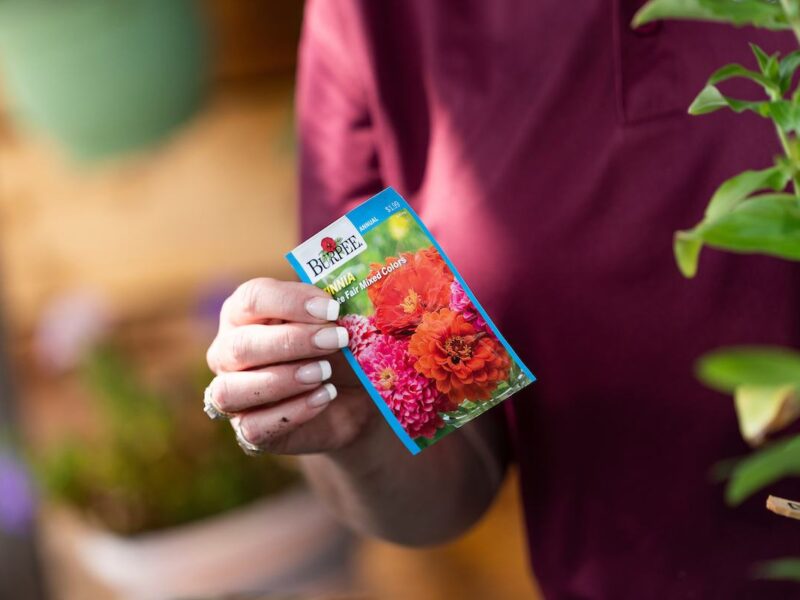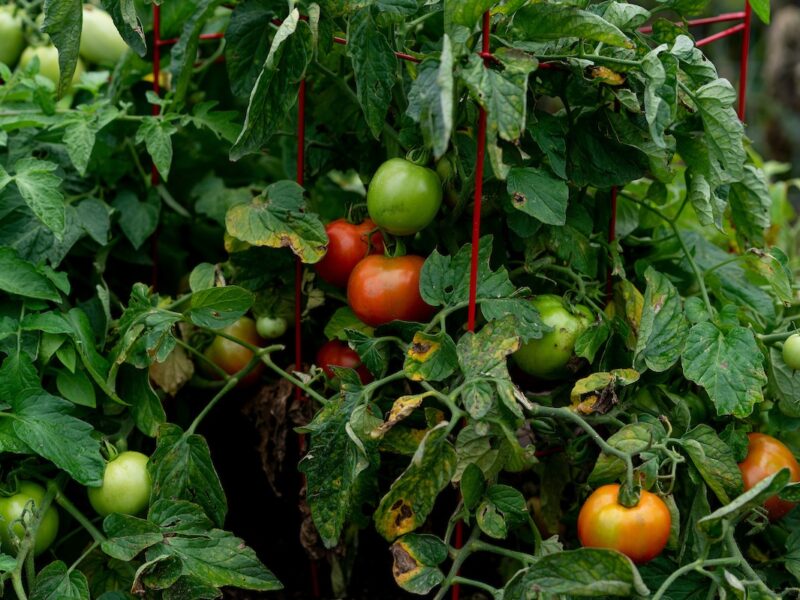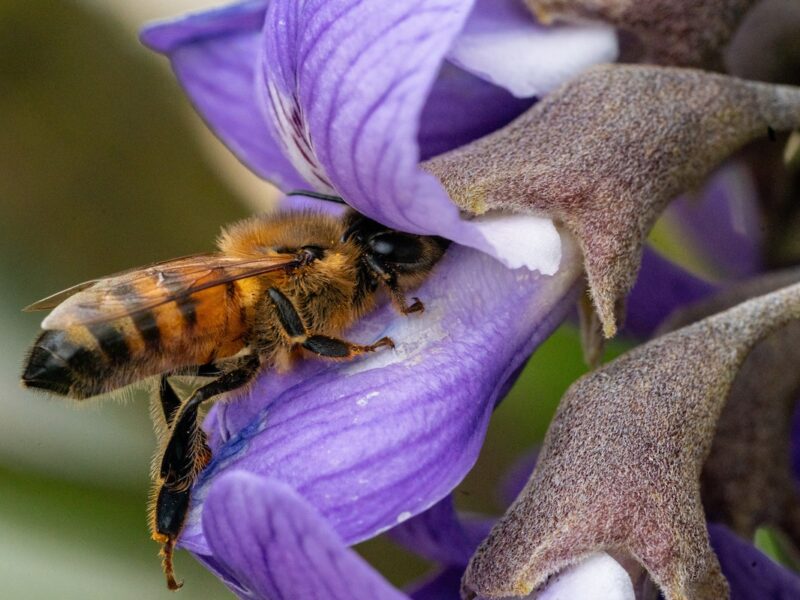Waiting On Rain: Texas Gardeners Prioritize Watering
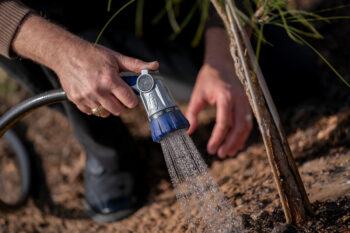
For most Texas gardeners, the heat of summer has felt never-ending, and the rain has been far too sparse, creating a need to prioritize which plants to water, and which ones can wait.
“Unfortunately, water remains the name of the game as we move into September,” said Dr. Larry Stein, Texas A&M AgriLife Extension Service horticultural specialist and professor in the Texas A&M College of Agriculture and Life Sciences Department of Horticultural Sciences. “September is usually the transition month from summer to fall, but there often can be many 100-degree days in September as well.”
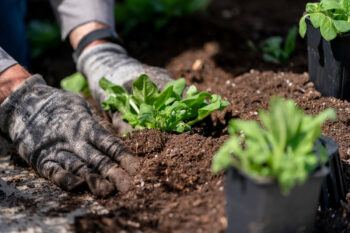
September also traditionally brings much needed showers heading into fall, so Stein said don’t give up hope.
“It has been a tremendously hot and dry summer, and many plants are hurting and some appear to be dying,” Stein said. “Water the best you can right now, pray for rain and hang in there until it comes.”
With the U.S. Drought Monitor showing most of Texas ranging from abnormally dry to exceptional drought, very few parts of the state are getting the rain crops, gardens and people need right now. Currently, over 75% of the state is in a stage of drought, which is affecting more than 23.5 million people.
“Sustaining adequate moisture in the garden and landscape is the No.1 priority for late summer and fall,” Stein said.
Those Texans with water restrictions will have to continue to choose where they put their water and how best to conserve it.
“Ideally, one should water trees and shrubs by giving them at least 1 inch of water per week, delivered slowly, around the plants as far out as the dripline extends,” he said.
Last month’s Texas A&M AgriLife Gardening Guide offers additional guidance on watering during drought along with some conservation tips.
Critical Time For Pecans, Plants With Green Fruit And Berries
For Texans forced to prioritize where to use their water, keep in mind that now is the critical time for pecans.
“Pecans need to receive adequate water in order to fill out the kernels and promote healthy shuck opening,” Stein said. “A lack of water will reduce nut fill and delay shuck opening.”
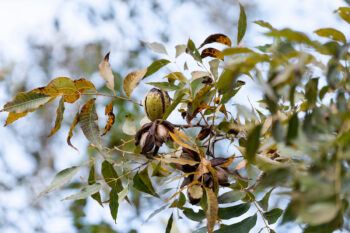
Plants that already have fruits or berries in the green stage also need to be afforded special consideration during drought. A lack of moisture can cause fruit to drop as well as reduce size and affect color.
Thinking ahead to decorating for the holiday season, Stein said keep an eye on your holly plants. Water is needed for the berries to reach their festive shade and to remain on the plant until it is time for use. He also reminds those with these plants that raw holly berries are toxic to people and pets.
Garden Tips For September
Rejuvenate geraniums, begonias
Rejuvenate heat-stressed geraniums and begonias for the fall season by lightly pruning, fertilizing and watering.
Apply a light fertilizer
Deadhead roses and other perennials and then apply light fertilization for a fall bloom.
Prune with prudence
Prune out dead or diseased wood from trees and shrubs, but hold off on major pruning until midwinter. Pruning now may stimulate tender growth prior to frost.
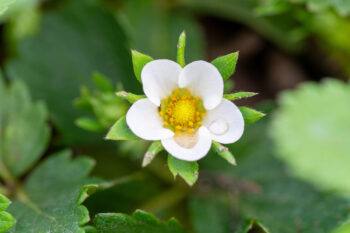
Divide flowering perennials
Divide spring-flowering perennials such as irises, Shasta daisies, gaillardias, cannas, day lilies, violets, liriope and ajuga. Reset these divisions into well-prepared soil with generous amounts of organic material worked into the top 8 to 10 inches. Water in thoroughly.
Prepare the soil for bulbs
Prepare garden beds for spring-flowering bulbs as soon as possible. It is important to cultivate the soil and add generous amounts of organic matter to improve the water drainage. Bulbs will rot without proper drainage.
Think about seasonal color
Flower plantings at this time can provide landscape color for three seasons in the central, eastern, and southern parts of Texas. Annuals set out early enough will bloom as soon as Thanksgiving and frequently last until Memorial Day.
Don’t plant annuals until the weather cools
Annuals that should soon be available in nurseries and garden shops include petunias, calendulas and pansies. Resist the urge to plant until the weather cools.
Plant biennial flowers like bluebonnets
Now is also the time to plant biennial flowers such as poppies, larkspur, sweet peas, bluebonnets, etc.
Think about strawberries for next spring
In addition, it is time to plant strawberry plants for harvest next spring.
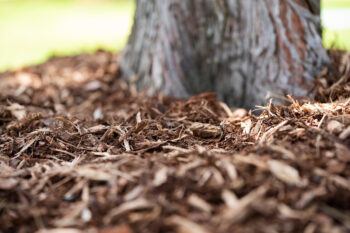
Add mulch as needed
Replenish mulches around trees and shrubs. Mulch is crucial for retaining moisture so check for bare spots and add as needed.
Start cool-season vegetable seeds
Start cool-season vegetables, such as mustard, lettuce, arugula, broccoli, carrots and turnips, from seed in well-prepared beds.
Harvest what vegetables you can
Harvest okra, peppers, squash and other vegetables often to encourage further production.
Plan for pests
Now is a good time to assess the fire ant situation in your yard and develop a control plan.
This article by Susan Himes originally appeared on AgriLife Today.
